If you're a cat owner, you know that cats love to drink from the faucet!
Being a cat owner myself, I was pretty excited to learn about this Cat Faucet project by Sixerdoodle Electronics. I have often thought about building something similar myself, but I had never gotten around to it.
However, even though the design of the Sixerdoodle Cat Faucet is very elegant, I find it more complicated than necessary (mainly because they wanted to keep it low voltage, it turns out).
So I started wondering how to build the simplest possible cat faucet. This is what I came up with: 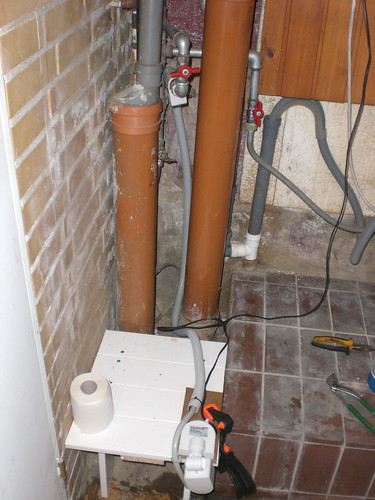
(Open above image, with notes, in a new window)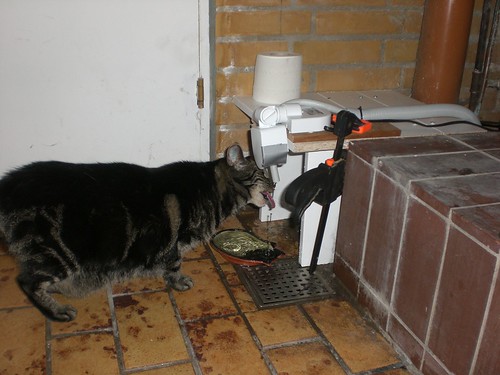
(Diva enjoying the running water)
The complete list of components:
- a solenoid from an old dishwasher
- a movement sensor (the kind usually used to light up a driveway)
- a few bits of plumbing
- a piece of gaffer tape to limit the area monitored by the sensor
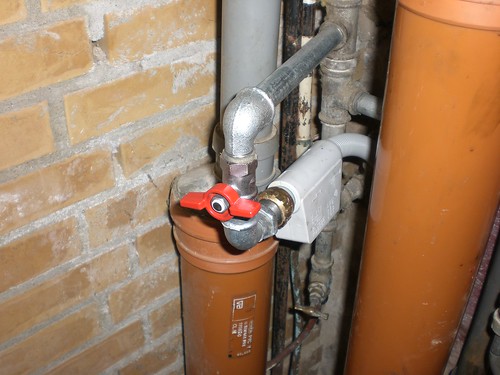
(Solenoid from an old dishwasher)

(The movement sensor, pointed straight down)
That's it. The flow of water is controlled simply by adjusting the position of the red valve that lets water into the system. The sensitivity and timeout of the sensor can be controlled with small knobs on the underside.
My wife put a little bowl underneath the faucet to allow the cats to drink from a surface of water as well as from the running water. Excess water simply spills down the drain below.
Contrary to the Sixerdoodle design, my cat faucet is not low voltage (it runs on 230V, our mains voltage in Denmark). However, because both components were designed to be safe and withstand pretty rough conditions, this does not worry me at all.
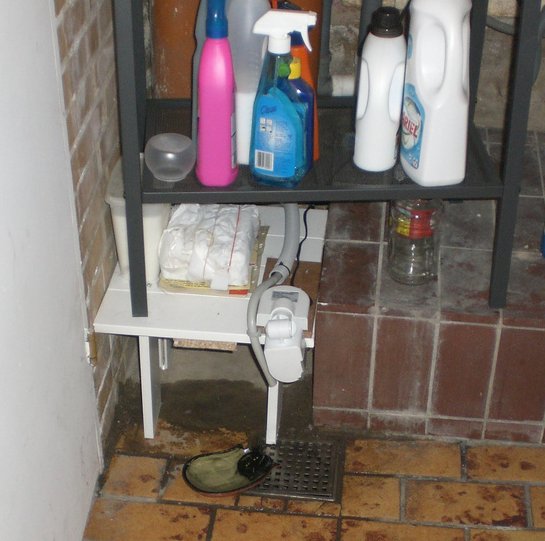
(The finished setup, tucked away under a small shelving unit)
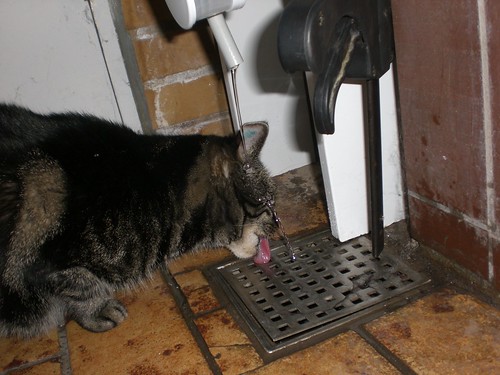
(Obviously, it takes a little practice!)

0 comments:
Post a Comment